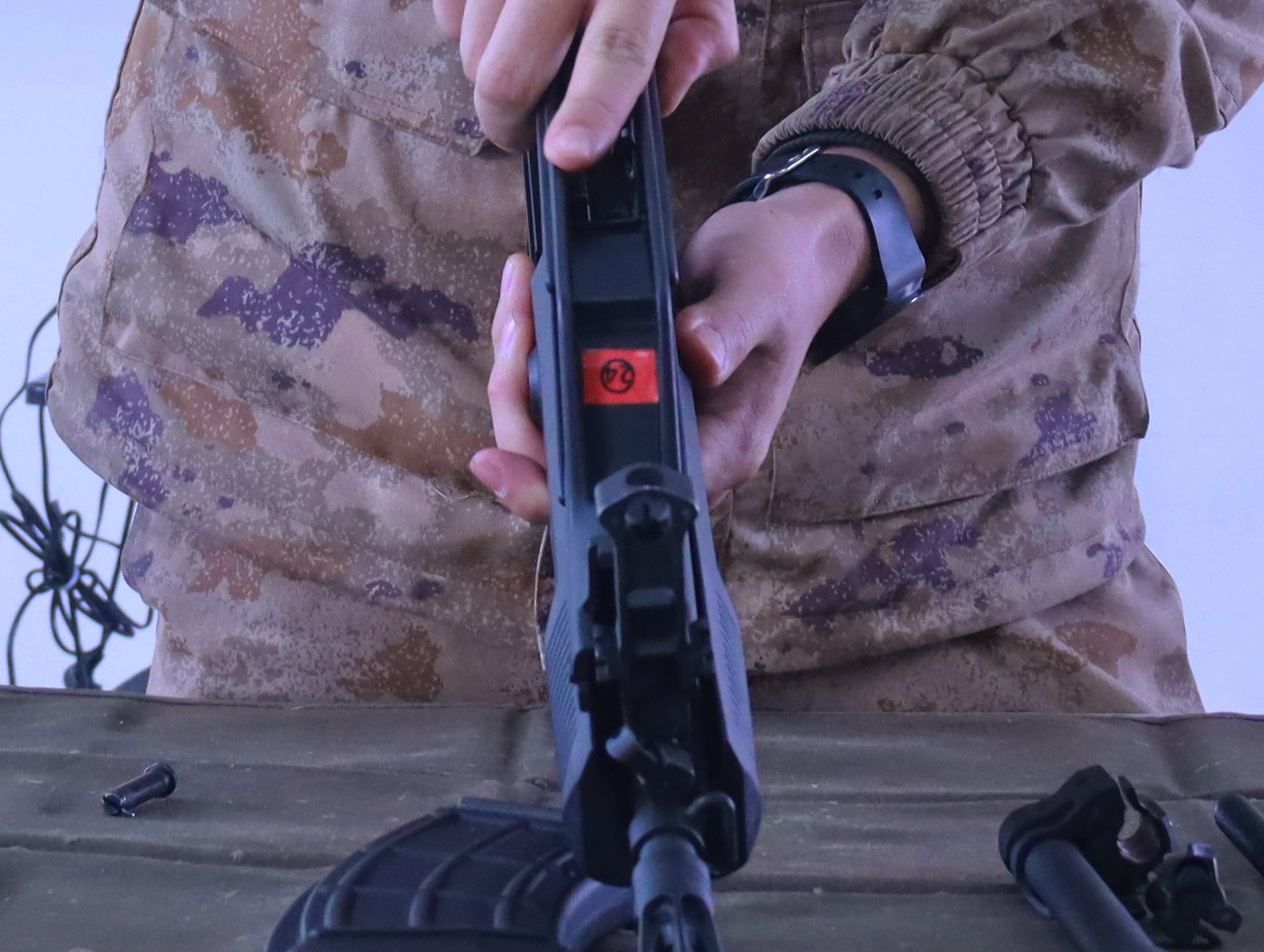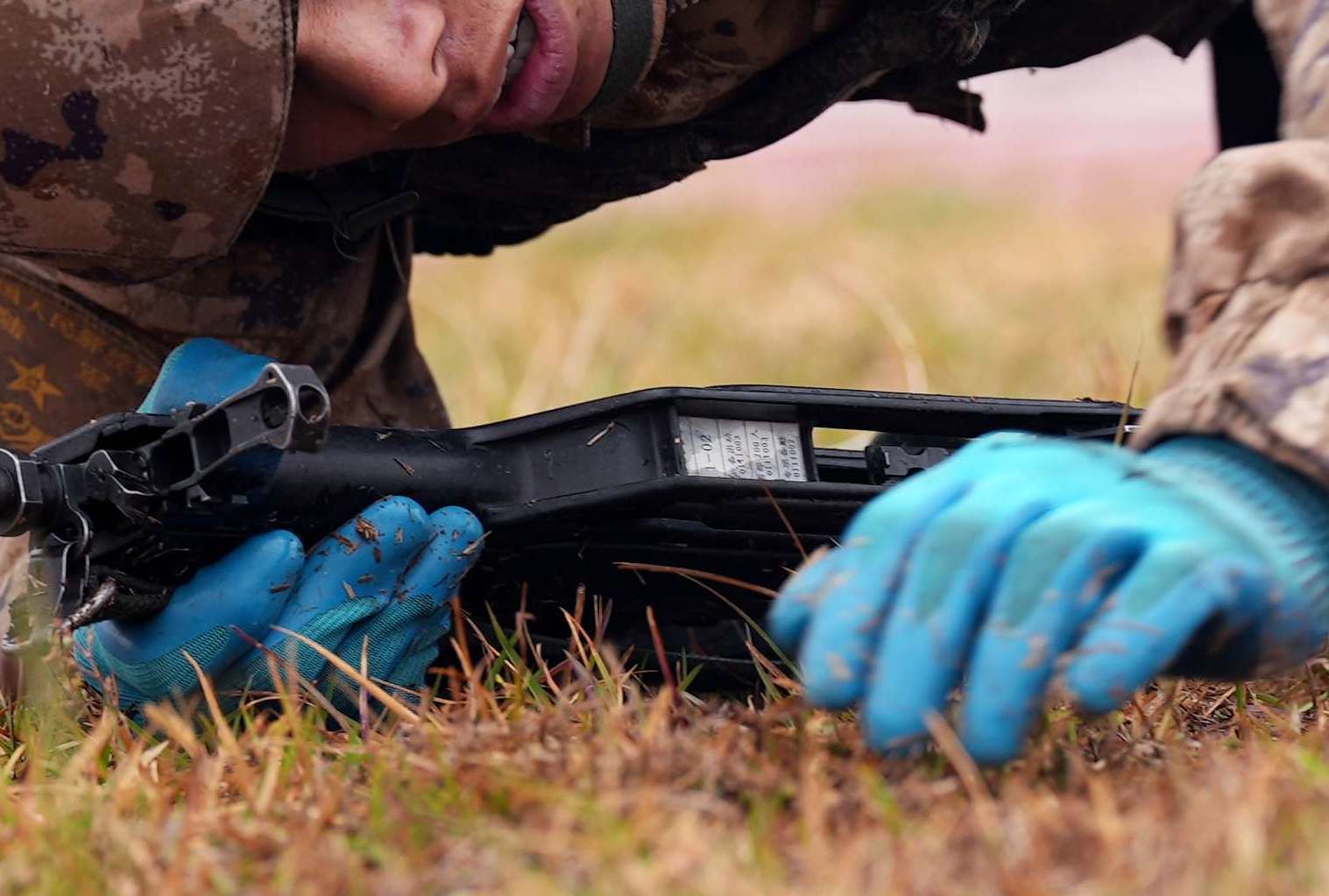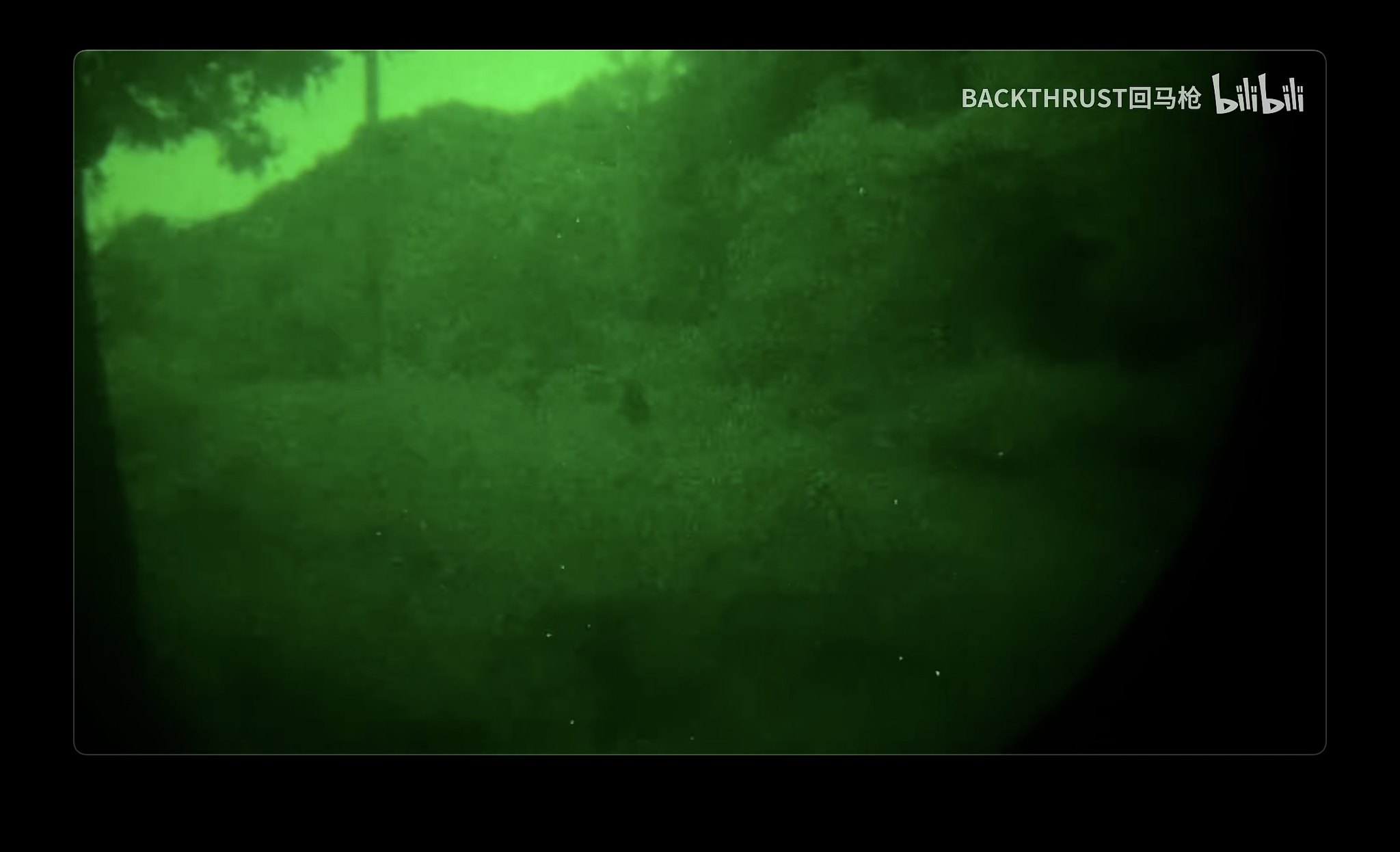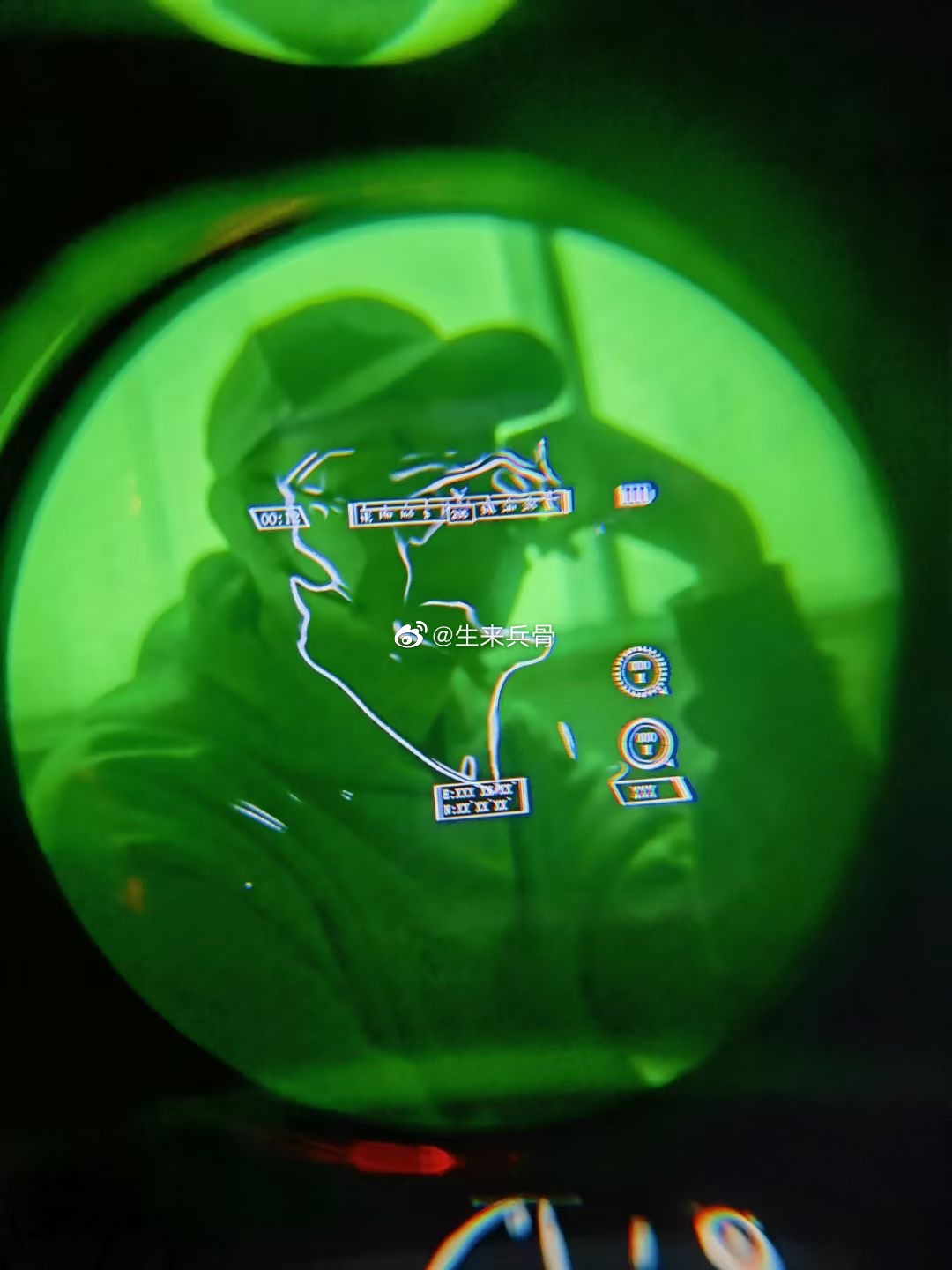by78
General
I'd always wondered what those red labels –– often seen on the carrying handles of QBZ-95s –– are for. They turn out to be simple number labels.


And here's a close-up of the white label. I can't quite make out the printed information.

I'd always wondered what those red labels –– often seen on the carrying handles of QBZ-95s –– are for. They turn out to be simple number labels.



Possibly the same scope again. Obviously, compared to the tradition NVG (third image), the augmented reality feature makes a world of difference.




I want to bring back the SMG vs carbine debate again because this image is a pretty good example I think. Are these frontline troops or something else because if they are, what good would an SMG do in this case? Lots of open land and high mountains, sounds like a minimum of a carbine is needed.
5.8*21 is ditched , replaced by 9*19(at least for new guns),the whole PDW thing is bullshit TBH
The picture was taken from 1:25 of the video. The soldier said half of his body was in pain to test his shooting proficiency and will power.Apparently they’re field testing (or just using) something that translates roughly to “pain-experiencer”, and those pads may be part of the apparatus, using electricity to let the user feel pain when activated. From my understanding they’re used to provide some degree of pain when one’s deemed injured or killed in an exercise. The goal is to add some additional realism to the experience
edit: in post #3835 there’s a picture of this apparatus in use. You can see a white pad on the soldier’s forearm, quite similar to what we see on the calf of the soldier in post #3840
This seem like a good idea on paper but it can lead to poor habits and develop training "scars" for soldiers.The picture was taken from 1:25 of the video. The soldier said half of his body was in pain to test his shooting proficiency and will power.
It's being tested in small batches. It's still too early to see how this will affect the troops but I believe that's what training is for. If we look into the far future (50+ years) military simulations will continue to become more and more realistic, we will have to start adopting this new technology eventually. I don't think we should let our current conceptions stop that but instead build new training based on these technologies.This seem like a good idea on paper but it can lead to poor habits and develop training "scars" for soldiers.
It may translate to excessive battlefield passiveness. Due to experience from being shocked on training.
In the worse scenario, solider would become timid and not take hazardous actions necessary to take objectives.
